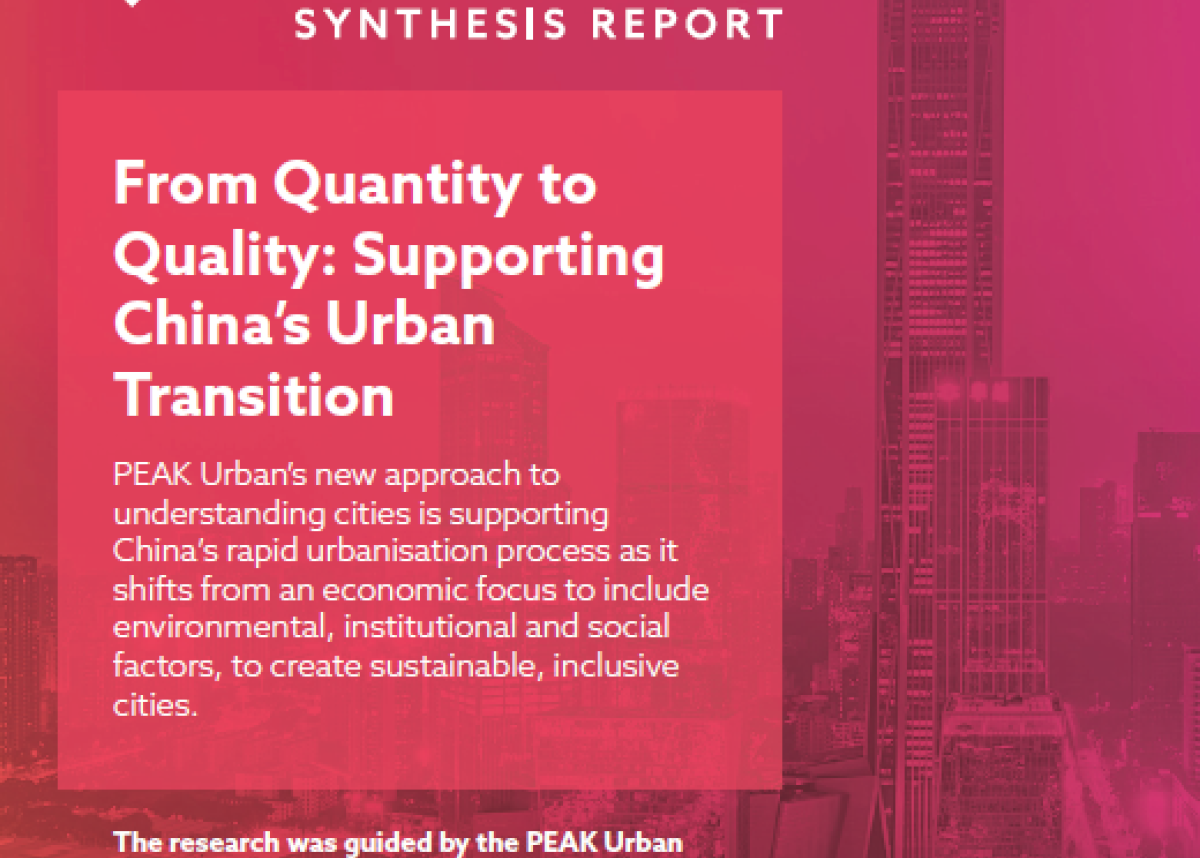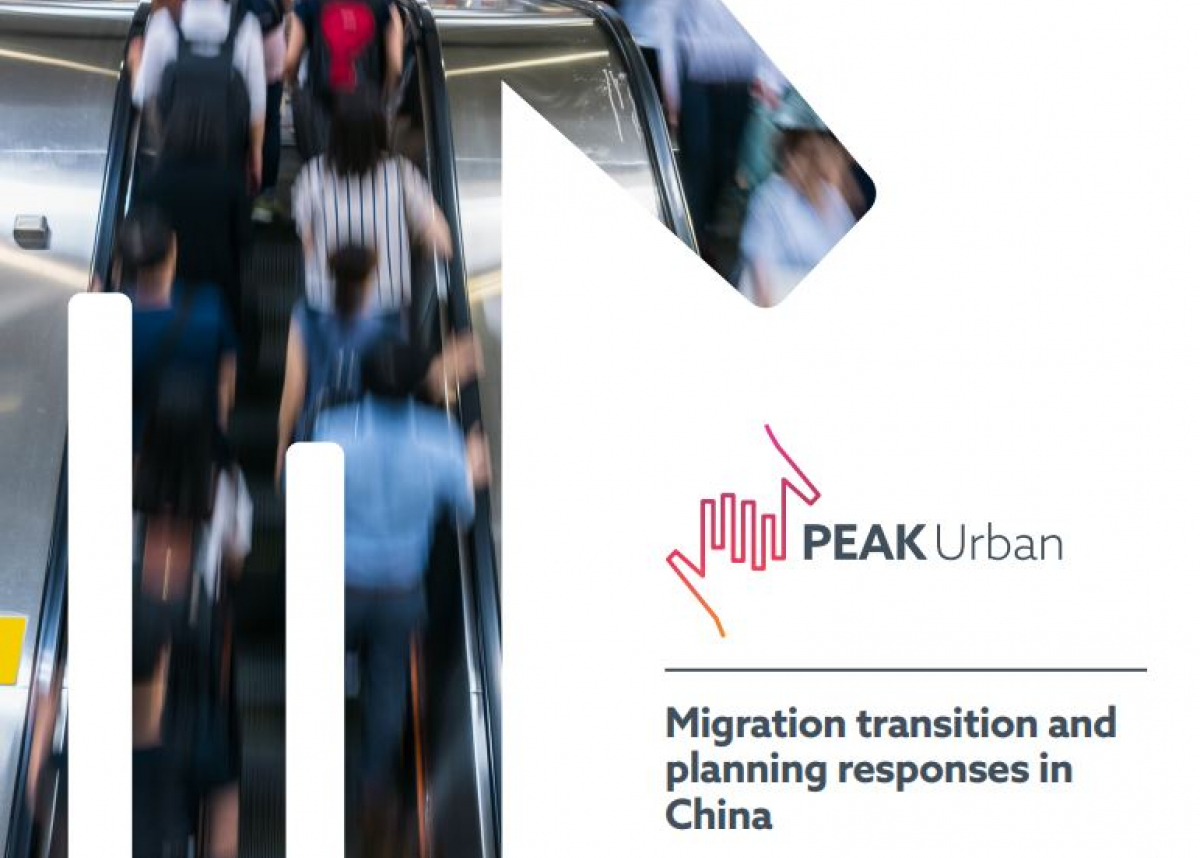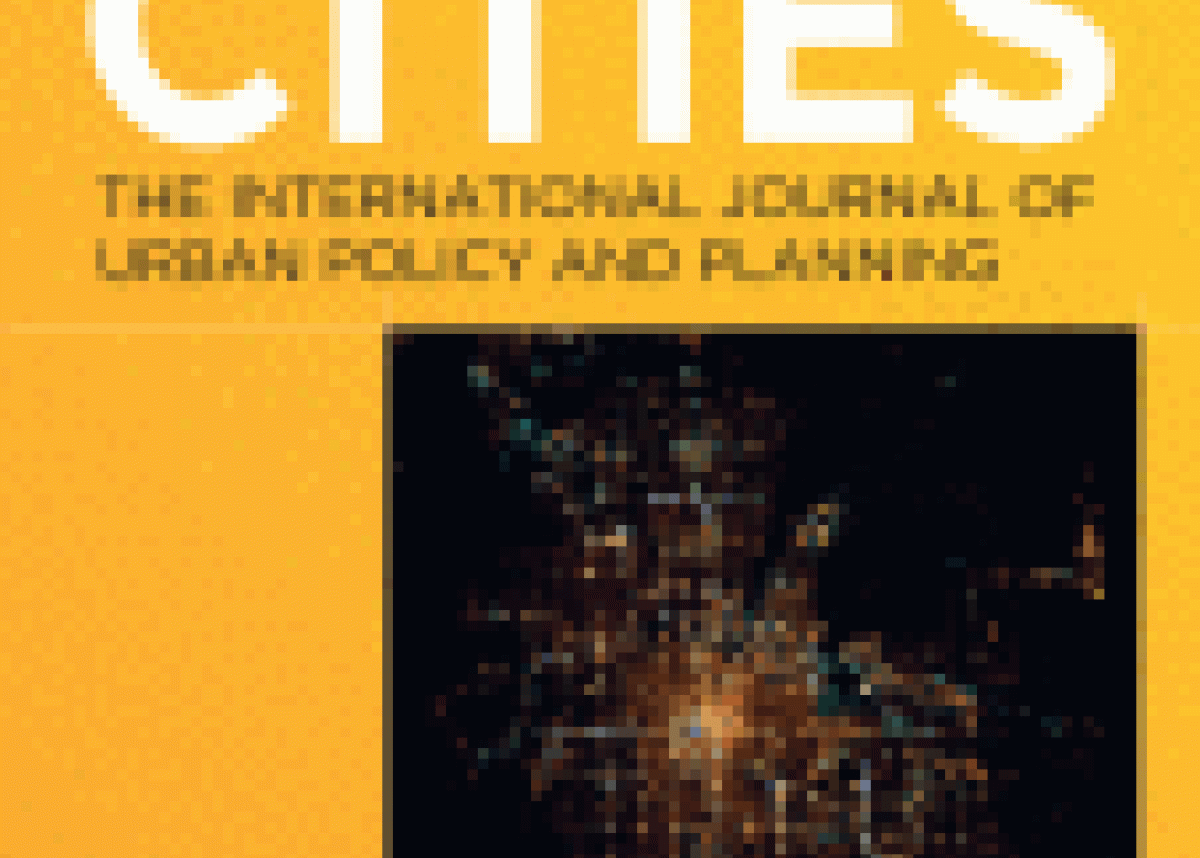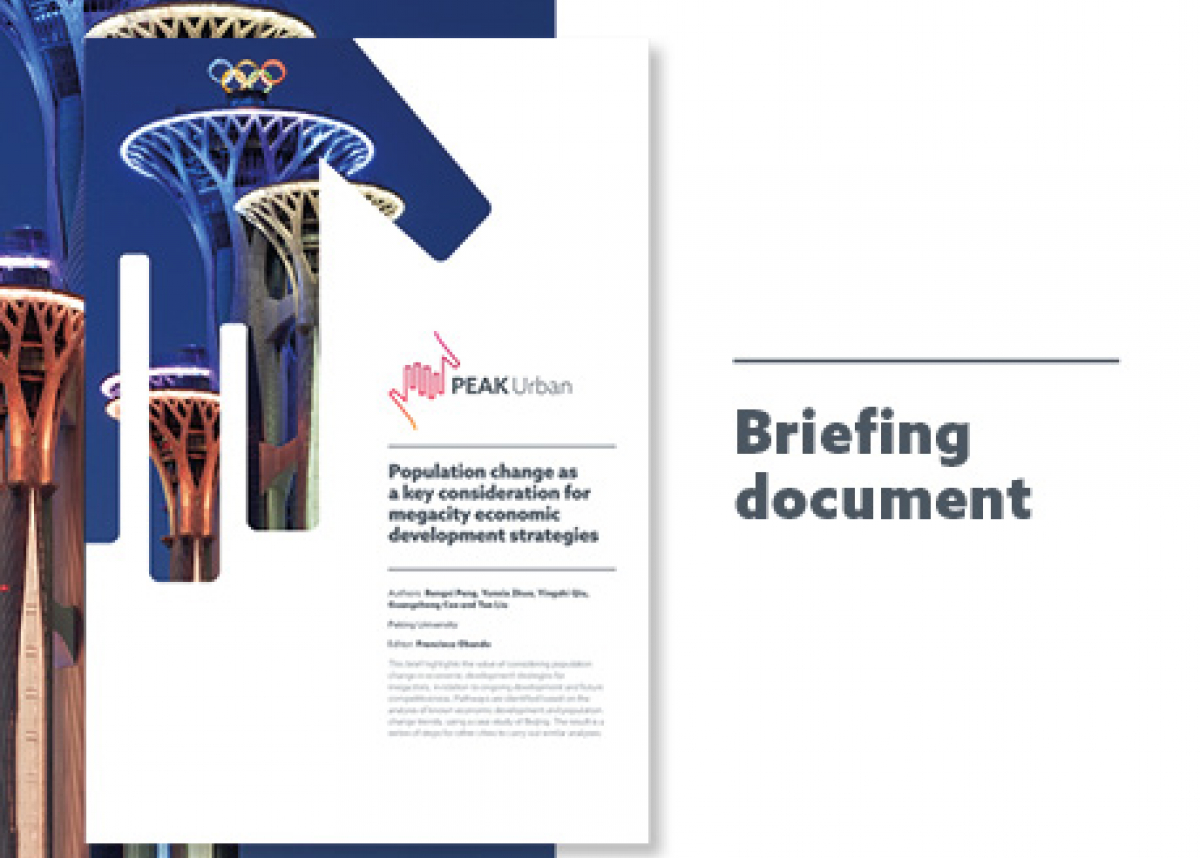
Group differentiation and spatial pattern of residential stability in China's floating population
Using the 2015 national population sample survey data, this paper analyzes the overall characteristics, group differentiation and spatial differences of residence stability in China's 'floating population', and discusses the factors affecting this residence stability.
The results show that:
(1) The average residence time of China's inter-city floating population in the current city is about 5 years. The residence stability of the new generation of floating population is not significantly different from that of the old generation. However residence stability of the floating population engaged in industrial employment is significantly lower.
(2) The residence stability of the floating population in the province is lower than that of the inter-provincial floating population, and it is more likely to leave the current city and turn to inter-provincial mobility;
(3) There are obvious differences in the spatial pattern and influencing factors of residence stability. Although income level and employment opportunities are still the main factors attracting migrants, urban livability factors such as public services, housing market, and environment improve the residence of migrants. Stability is more important.




